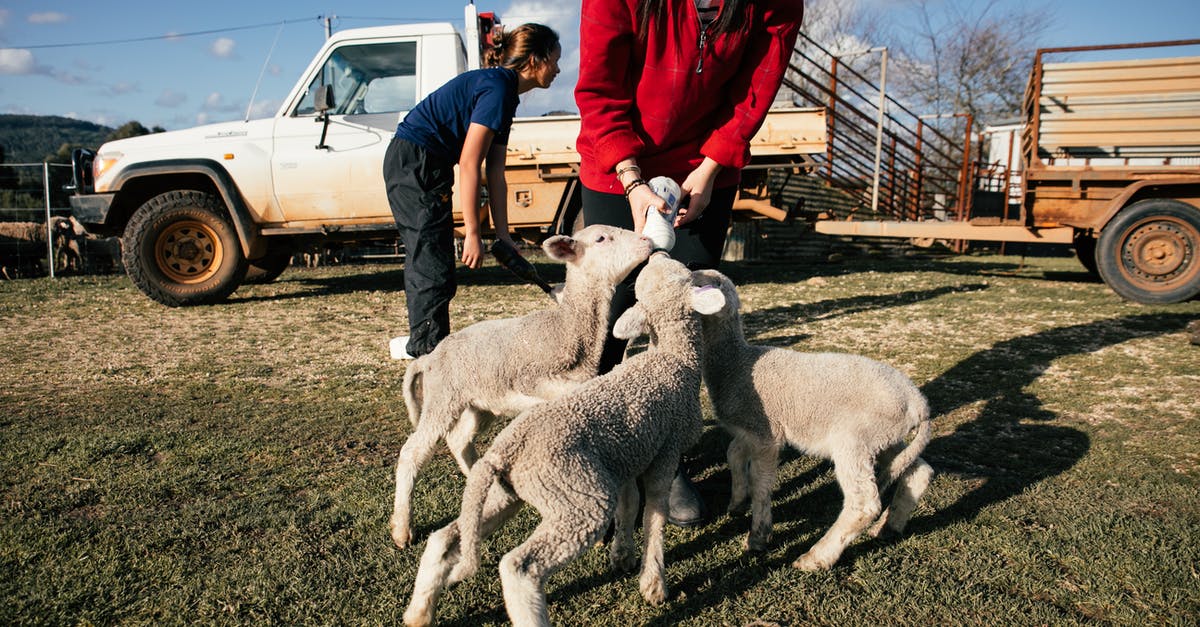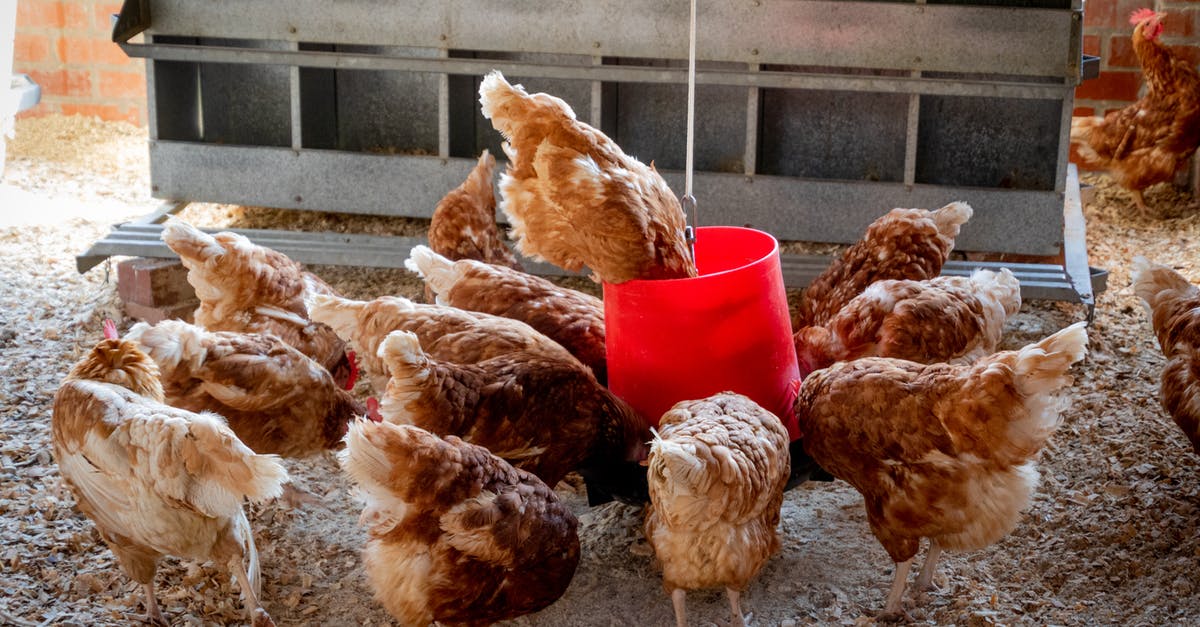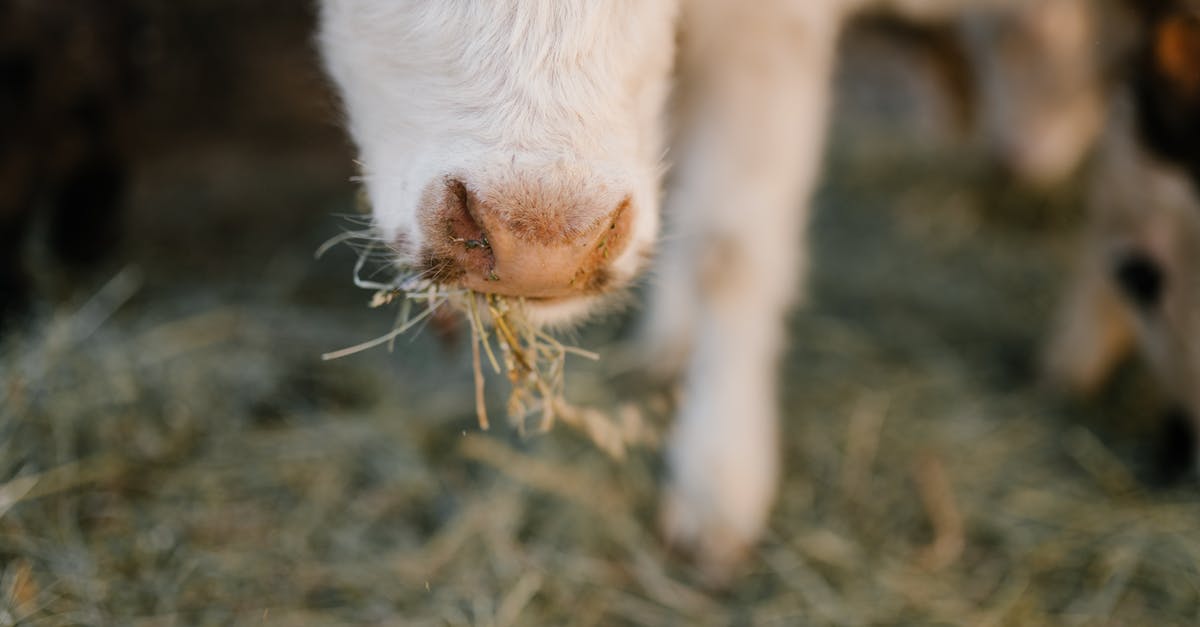How much food does one livestock give?

I've been buying food for my 1k+ citizen city but seems not enough, dropping from 100k food to 50k I've planed to buy livestock and kill it rightaway for food, my first impression is: Cattle gives 200 food, (i don't know how much leather) u can sell this for 3 each, and buy vegetables, means u get 600 for doing it. looks like is not worth it, but i don't know with sheeps and chickens, any help?.
My question is different, because im not willing to make fences to farm livestock, I want to kill livestock as soon as i get em. The question is: Is it worth it? considering ships only trading animals are a "waste" in the sense i can't buy food from them, making food gathering slower.
Best Answer
TLDR: Instead of spending your exports on livestock to process at a loss and resell the meat for produce, just buy the the produce with your exports in the 1st place.
If a Trader comes to you with nothing you need, there is nothing wrong with telling him to pack up & move along. The sooner you end your business with a trader the sooner the next one will be along.
In the end, (surplus) Meat, Firewood, simple Coats, and (non-wheat) Ale are great (renewable) exports. Seeds & Livestock are poor imports for any town that already has that particular species.
According to banishedinfo.com: Slaughtering a cow gets you 6 leather & 200 beef, slaughtering a sheep gets you 200 Mutton, and slaughtering a chicken (animal) gets you 6 chicken (food). Making the purchase of Cattle & Chickens for slaughter a "bad trade" & Sheep an investment of labor for no value gained.
- Cattle @ 800 -> 200 Beef @ 3 + 6 Leather @ 10 = 660 or a loss of 140.
- Sheep @ 600 -> 200 Mutton @ 3 = 600 or breaking even if you don't count the time invested for the herdsman to slaughter, laborers to store & traders to return to the post.
- Chickens @ 400 -> 6 chicken @ 3 = 18 or a loss of 382.
Eggs & Wool are byproducts of keeping a number of your chickens & sheep alive.
Why are we doing this?
A) If you want to process imports for profit:
- Logs -> Firewood
- Fruit -> Ale
- Leather or Wool -> Coats
Warm Coats are great for keeping your people working but worth less in trade. Make Hide/Wool Coats for trade.
Tools can be made from imports at a small profit, but as Iron & Coal are not renewable, there may be more value in stockpiling Steel Tools.
B) If you want a source of protein for your people:
If you want to import your protein, buy nuts or fish.
There are 4 sources of home grown protein in the game:
- Fishing Dock: The Fishing Dock is labor intensive, but has a very small footprint and utilizes otherwise hard to use real-estate.
- Hunting Cabin: The Hunting Cabin is likewise labor intensive and requires a large land reservation, but in an early town may be your only source of clothing materials.
- Orchard (growing nuts): Orchards, like Crop Fields, are land and labor efficient, but require a few years before they become productive and are subject to the vagaries of weather.
- Pasture: Pastures are likewise land and labor efficient, can provide raw materials for your Tailor, but have a considerable startup time. Chickens have a great growth rate, reducing startup time, but produce the least protein and nothing for the Tailor. Cattle in a pasture can be a replacement for your Hunting Lodge. Sheep are king! They supply the most protein for your pasture and wool equal to 3 times the leather produced by the same sized cattle pasture. Prepare to export Wool Coats!
Pictures about "How much food does one livestock give?"



How much food can you get from a cow?
It is summed up that the average beef cow produces roughly 440 lbs of beef, 220 lbs of which goes to steaks and other prime cuts whereas the other 220 lbs are the ground meat. An average 1200 pound steer can feed up to 2300 people if each person is served 3 oz serving.How much a cattle eat per day?
Cows will voluntarily consume 2.0% of body weight or 24 pounds per day. The 24 pounds is based on 100% dry matter. Grass hays will often be 7 to 10% moisture. If we assume that the hay is 92% dry matter or 8% moisture, then the cows will consume about 26 pounds per day on an \u201cas-fed basis\u201d.What animal has the lowest feed conversion ratio?
Lower FCR values indicate higher efficiency. FCRs are typically 6.0\u201310.0 for beef, 2.7\u20135.0 for pigs, 1.7\u20132.0 for chicken and 1.0\u20132.4 for farmed fish and shrimp. Aquatic animals have fairly low FCRs compared to land animals because they are buoyant and tend to be cold-blooded, saving energy.What is the most efficient livestock?
The 8 Most Profitable Farm AnimalsTalking Cattle! How Much do you Feed these Things???
Sources: Stack Exchange - This article follows the attribution requirements of Stack Exchange and is licensed under CC BY-SA 3.0.
Images: Rachel Claire, Magda Ehlers, Julia Volk, Julia Volk
